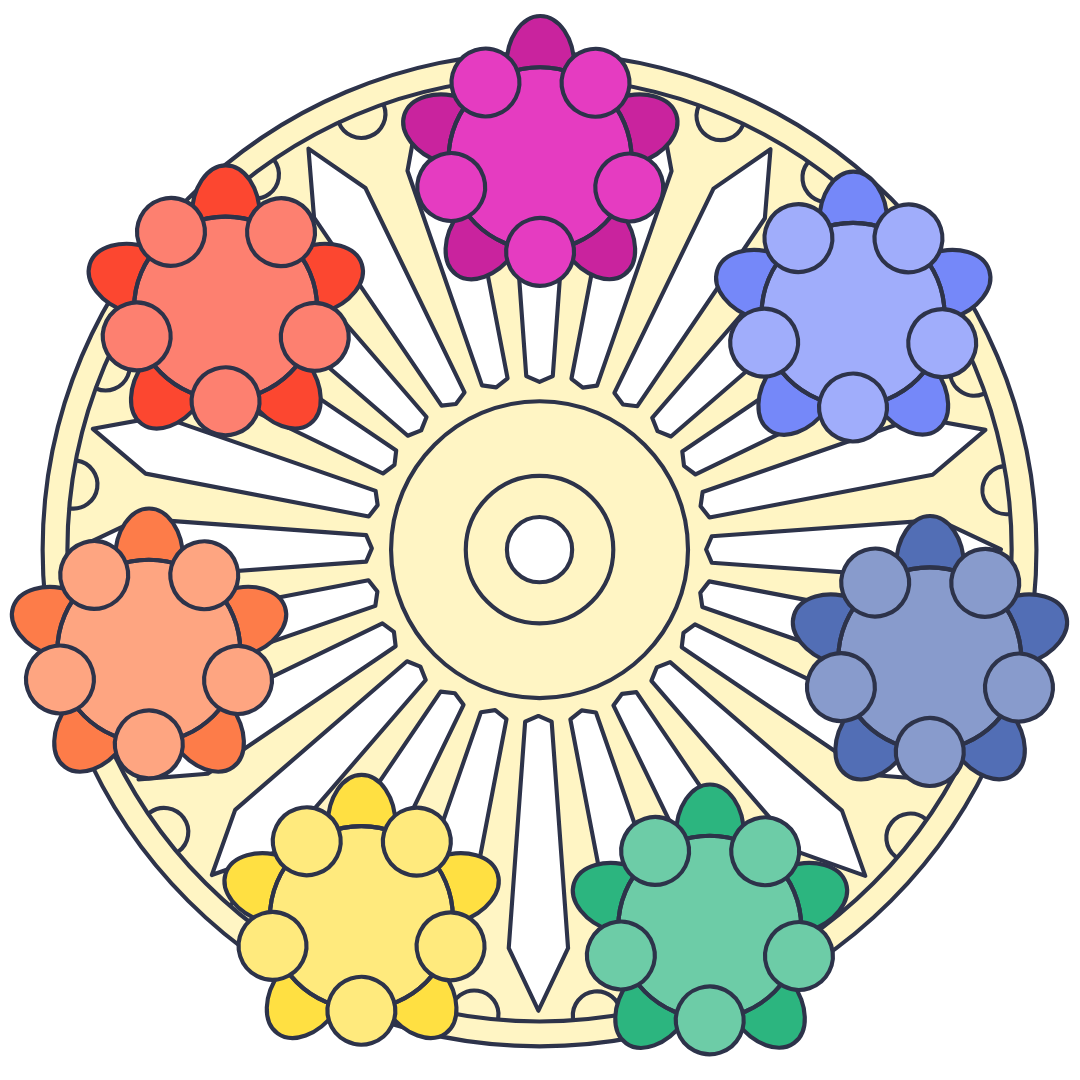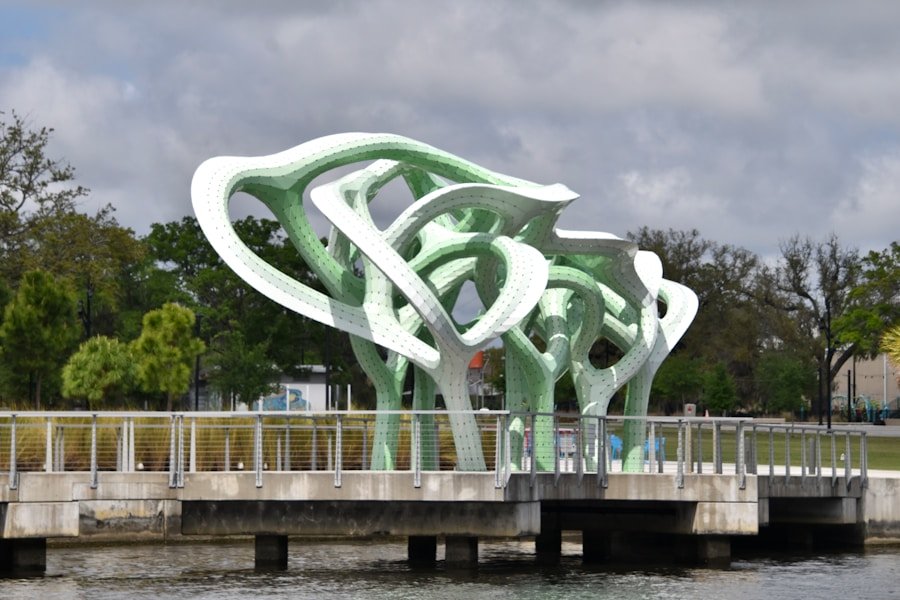In recent years, there has been a significant rise in the global focus on eco creativity, particularly in the realms of sustainable design and innovation. This movement has been driven by a growing awareness of the environmental challenges facing our planet, as well as a recognition of the need for creative solutions to address these issues. Two cities at the forefront of this movement are Seoul, South Korea, and NEOM, a futuristic city being developed in Saudi Arabia. Both cities have made a commitment to sustainable innovation and are actively working to integrate eco-friendly practices into their urban development plans.
Seoul, the capital of South Korea, has emerged as a leader in eco creativity, with a strong emphasis on sustainable design and innovation. The city has implemented a range of initiatives aimed at reducing its environmental impact, including the development of green spaces, the promotion of renewable energy, and the implementation of eco-friendly transportation systems. These efforts have not only helped to improve the quality of life for Seoul’s residents but have also positioned the city as a global leader in sustainable urban development. Similarly, NEOM, a planned cross-border city in the Tabuk Province of northwestern Saudi Arabia, has set ambitious goals for sustainable innovation. The city aims to be powered entirely by renewable energy, with a focus on solar and wind power, and has plans to implement cutting-edge technologies to minimize its environmental footprint. NEOM’s commitment to sustainability has garnered international attention and is seen as a model for future urban development projects.
Seoul’s Eco Creativity Movement: How the City is Embracing Sustainable Design and Innovation
Seoul’s eco creativity movement is evident in the city’s approach to sustainable design and innovation. One of the key initiatives driving this movement is the Seoul Metropolitan Government’s “One Less Nuclear Power Plant” campaign, which aims to reduce energy consumption and promote renewable energy sources. The city has also implemented a range of policies to promote eco-friendly transportation, including the expansion of its bicycle-sharing program and the introduction of electric buses. In addition, Seoul has made significant investments in green spaces, with the development of parks and urban forests that not only improve air quality but also provide residents with access to nature within the city.
Furthermore, Seoul has embraced sustainable architecture and design, with a number of eco-friendly buildings and developments that prioritize energy efficiency and environmental sustainability. For example, the Seoul Skygarden, a former highway overpass that has been transformed into an elevated public park, is a prime example of the city’s commitment to repurposing urban infrastructure for green spaces. These efforts have not only improved the city’s environmental performance but have also positioned Seoul as a global leader in sustainable urban development.
NEOM’s Vision for Eco Creativity: A Look at the Sustainable Development Plans for the Future City
NEOM’s vision for eco creativity is centered around creating a sustainable and environmentally friendly city that serves as a model for future urban development. The city’s development plans include ambitious goals for renewable energy, with a focus on solar and wind power to meet its energy needs. NEOM also aims to implement cutting-edge technologies to minimize its environmental impact, including advanced waste management systems and sustainable water conservation practices. In addition, the city plans to prioritize green spaces and natural habitats, with an emphasis on preserving the local environment and promoting biodiversity.
NEOM’s commitment to sustainability is also reflected in its approach to transportation and infrastructure. The city aims to be entirely car-free, with a focus on pedestrian-friendly design and public transportation systems powered by renewable energy. Additionally, NEOM plans to implement smart city technologies to optimize energy use and reduce waste, further demonstrating its commitment to eco creativity. Overall, NEOM’s vision for sustainable development is ambitious and forward-thinking, positioning the city as a global leader in eco-friendly urban planning.
Collaborative Initiatives: How Seoul and NEOM are Partnering to Drive Eco Creativity Forward
Seoul and NEOM have recognized the importance of collaboration in driving forward the eco creativity movement. Both cities have established partnerships with international organizations and industry leaders to share knowledge and best practices in sustainable innovation. For example, Seoul has collaborated with the C40 Cities Climate Leadership Group, a network of cities committed to addressing climate change, to exchange ideas and strategies for reducing carbon emissions and promoting sustainable urban development. Similarly, NEOM has partnered with leading technology companies and research institutions to develop innovative solutions for renewable energy and environmental conservation.
In addition to international partnerships, Seoul and NEOM have also worked together to share expertise and resources in sustainable development. The two cities have engaged in knowledge exchange programs and joint research initiatives to address common environmental challenges and promote eco-friendly practices. By working together, Seoul and NEOM are driving forward the eco creativity movement and demonstrating the power of collaboration in addressing global environmental issues.
Inspiring Eco Creativity: Exploring the Innovations and Designs Shaping Seoul and NEOM
The innovations and designs shaping Seoul and NEOM are inspiring examples of eco creativity in action. In Seoul, the city’s commitment to sustainable architecture is evident in developments such as Dongdaemun Design Plaza, a landmark building that incorporates energy-efficient design principles and green technologies. The plaza serves as a hub for creative industries and showcases Seoul’s dedication to sustainable urban development. Similarly, NEOM’s innovative designs include plans for “The Line,” a 170-kilometer belt of hyper-connected communities that prioritize walkability, green spaces, and renewable energy. This visionary project demonstrates NEOM’s commitment to reimagining urban living in a way that prioritizes sustainability and environmental stewardship.
Furthermore, both Seoul and NEOM have embraced eco-friendly transportation solutions that are shaping the future of urban mobility. Seoul’s extensive public transportation network includes subways, buses, and bike-sharing programs that provide residents with convenient and sustainable options for getting around the city. NEOM’s plans for car-free communities and electric-powered public transportation systems are similarly groundbreaking, offering a glimpse into the future of sustainable urban mobility. These innovations are not only transforming the way people move within cities but are also inspiring other urban centers to prioritize eco-friendly transportation solutions.
The Role of Technology in Eco Creativity: How Seoul and NEOM are Leveraging Tech for Sustainable Solutions
Technology plays a crucial role in driving forward eco creativity in both Seoul and NEOM. In Seoul, the city has implemented smart city technologies to optimize energy use, reduce waste, and improve overall environmental performance. For example, Seoul’s Smart Grid initiative uses advanced digital infrastructure to manage energy distribution more efficiently, reducing carbon emissions and promoting renewable energy sources. Additionally, the city has leveraged technology to develop innovative solutions for waste management and air quality monitoring, further demonstrating its commitment to sustainable urban development.
Similarly, NEOM is harnessing technology to drive forward its vision for sustainable innovation. The city’s plans include the implementation of advanced renewable energy systems, such as solar panels and wind turbines, to meet its energy needs. NEOM also aims to leverage cutting-edge technologies for water conservation and waste management, with a focus on minimizing its environmental impact through innovative solutions. By embracing technology as a tool for sustainable development, both Seoul and NEOM are demonstrating how eco creativity can be advanced through innovative digital solutions.
The Global Impact of Eco Creativity: How Seoul and NEOM’s Innovations are Influencing Sustainable Development Worldwide
The innovations and initiatives driving forward eco creativity in Seoul and NEOM are having a global impact on sustainable development. Both cities have become influential models for other urban centers seeking to prioritize environmental sustainability and embrace eco-friendly practices. Seoul’s success in implementing green spaces, promoting renewable energy sources, and developing eco-friendly transportation systems has positioned it as a leader in sustainable urban development, inspiring other cities around the world to follow suit.
Similarly, NEOM’s ambitious vision for sustainable innovation has garnered international attention and is seen as a model for future urban development projects. The city’s commitment to renewable energy, car-free communities, and advanced technologies has set a new standard for eco-friendly urban planning, influencing global conversations about sustainable development. By showcasing the potential of eco creativity in action, Seoul and NEOM are driving forward a global movement towards more sustainable cities and inspiring others to prioritize environmental stewardship in urban development.
In conclusion, the rise of eco creativity in cities like Seoul and NEOM represents a significant shift towards more sustainable urban development. Through their commitment to sustainable design and innovation, these cities are inspiring global conversations about environmental stewardship and demonstrating how creative solutions can address pressing environmental challenges. By embracing technology, collaboration, and forward-thinking designs, Seoul and NEOM are driving forward a global movement towards more sustainable cities that prioritize environmental sustainability and quality of life for their residents. As these cities continue to lead by example, they are shaping the future of urban development worldwide and inspiring others to follow their lead in prioritizing eco creativity for a more sustainable future.

